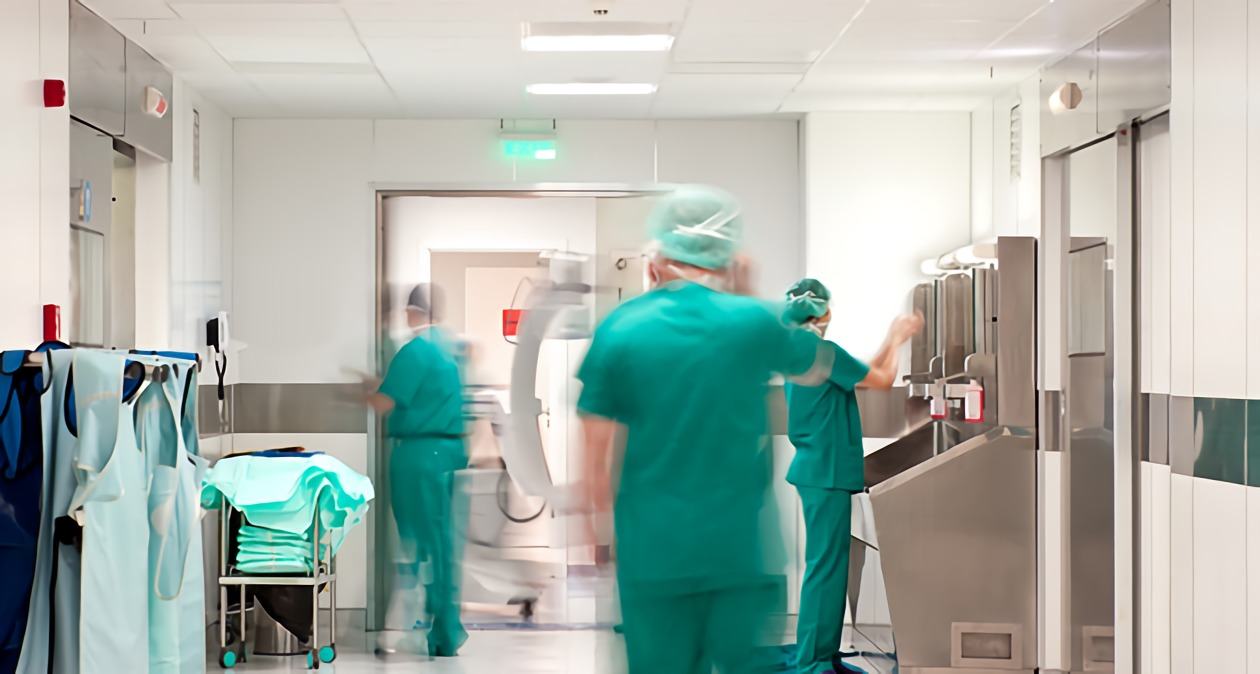RSI is a Great Training Option for Everyone
Learn more about how we can prepare you to advance your career.
Hospitals are unique environments with certain challenges not found elsewhere. WebMD recently reported a fivefold increase, in some community hospitals, of cases of disease caused by antibiotic-resistant bacteria. These bacterial infections are extremely dangerous, especially to the elderly, babies, or those with compromised immune functioning, because there is no effective treatment. Hospitals are working on reducing this risk by improving their HVAC systems, since transmission of this disease from one person to another is possible in part by the airborne spread of the bacteria.
PBS did a special television report about antibiotic-resistant bacteria, calling the phenomenon an evolutionary war that we have created for ourselves—that will only get worse. One method of resistance includes putting up the best defenses in medical centers. HVAC systems in hospitals are a primary line of defense against the spread of airborne diseases.
Contaminated HVAC systems in hospitals are also a contributor to the danger. The National Institute of Health published a recent report in July 2014 called EHP – Rethinking Sterile: The Hospital Microbiome. It investigates how HVAC systems are one of the main vectors for transmission of infectious agents between humans.
Special Requirements for Hospital HVAC Systems
A highly qualified HVAC technician is an essential part of the equation to optimize the safety and effectiveness of medical centers. It is rewarding to know that working as an HVAC technician in a hospital—and working to maintain the best practices, maintenance, and operation for hospital HVAC systems—may result in saving lives.
Some of the special HVAC equipment and procedures found in hospitals includes those necessary for “cleanroom” applications such as:
Get Started on the Path to a New Career
Fill out our form to learn how we can help you change your life.
- HEPA filtration systems
- Re-circulating air ceiling systems for operating rooms
- Special ventilation using filter fan units, fiber filters, and quiet air-mixing systems
- Wall heating/cooling units that are built in to the walls
- Static cooling systems that provide cooling without moving air
- Adjustable multiplex air jet outlet systems that target air flow exactly to desired locations in a room
These are just a few examples of the special equipment installed in hospitals. A technician with proper HVAC certification will learn how to install, maintain, and upgrade this type of equipment as part of specialized training in hospital HVAC systems.
For those interested in studying more about these systems, the industry standard textbook is entitled “HVAC Design Manual for Hospitals and Clinics.” It covers topics such as:
- Best practices for air-exchange, humidity, pressure considerations, and temperature for the various types of rooms found in medical facilities
- Control of infections
- Providing comfort while conserving energy
- Operations, maintenance, disaster planning, and life safety
- How to meet stringent standards and follow industry guidelines
The book is available in some libraries or a copy may be purchased from ASHRAE. There is also a free PDF available, called “Hospital Isolation Room HVAC System Design,” that was an ASHRAE YEA Illinois Chapter presentation made at the Specialty Environment Design Conference in March 2014.




